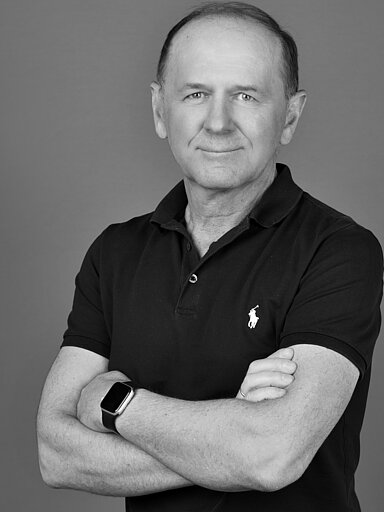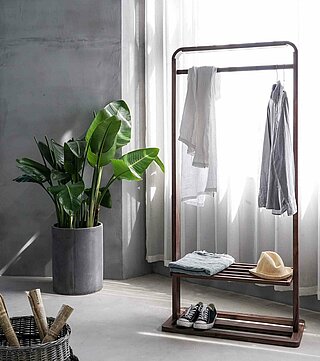Versatile application options
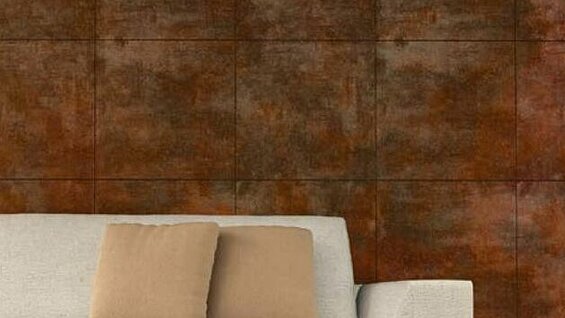
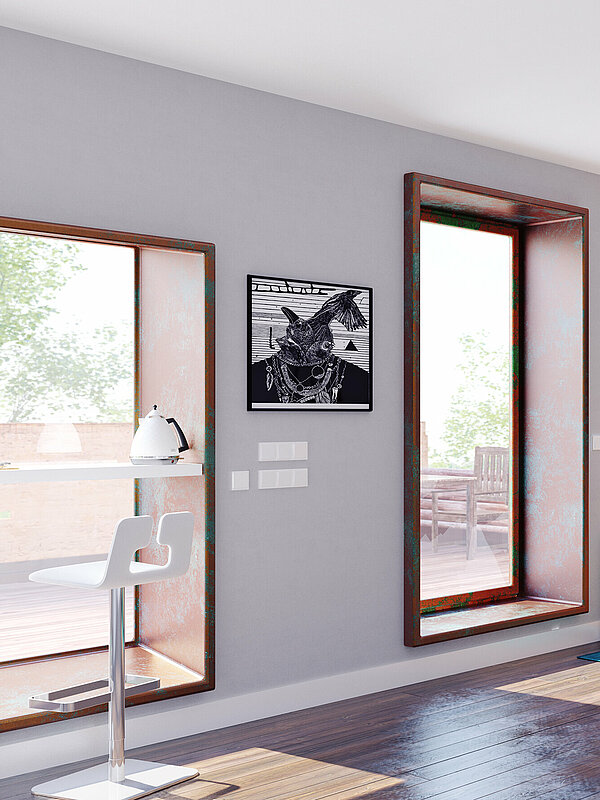
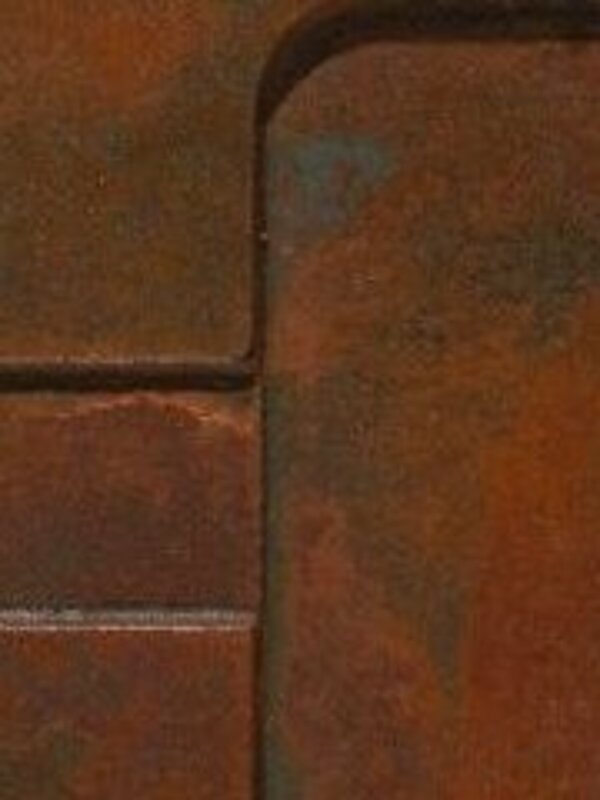
Versatile application options
Description: This method involves using HYDRO materials to simulate a rusting metal surface. No metal powder is required. The effect is influenced by the working method and can be created on all substrate materials on which HYDRO Pigment fillers or respectively HYDRO Colour lacquers can be used. The look can be appropriately varied by adopting various creative working methods. So every surface becomes a high quality, innovative and individual piece.
Fields of application : High-quality furniture and interior fittings, trade fair and shop fittings, kitchen and bathroom furniture.
How to – HYDRO Rust effect
- Sand the substrate material as appropriate (180 - 240 grit sandpaper).
- Our Hesse HYDRO Pigment filler is either dyed with HYDRO Colour concentrate "Basis" HF 21418 or individually with other HFM colour concentrates in the desired colour tone.
- Added quantity:
- for 1C Pigment fillers: 15 %.
- for 2C Pigment fillers: 20 %
- The colour concentrate should be stirred homogeneously by hand using a stirring rod or similar.
- Then add 2 % HYDRO Putty Additive HZ 74 and again intensively stirred by hand.
- This ensures that 2C Pigment fillers are properly hardened and the hardener is thoroughly incorporated.
- Next use the lacquer roller to roll 150 - 250 g/m2 of the accordingly modified Pigment filler onto the surface to accentuate the desired effect.
- Allow to dry for at least 16 h, at most 48 h / 20 °C room temperature.
- Intermediate sanding is not required.
- (A light amount of sanding with 400 - 600 grit sandpaper or a fine sanding fleece only needs to be performed if the drying time exceeded 48 hours. Sanding dust will then need to be thoroughly removed.) Add 1 % Hesse HYDRO Putty Additive HZ 74 to the Hesse HYDRO-PU Natural wood effect HDE 54500-0001 and stir it in homogeneously by hand.
- This mixture should then be tinted using 10 % Colour concentrate “Rust” HF 8008 and again mixed well.
- Now harden this mixture (by volume) 10 : 1 with Hardener HRDR 5081.
- An additional 10% of Effect booster HZ 76 can optionally be added while stirring; it must be incorporated well after the hardener has been mixed in homogenously.
- Then use the roller to roll this mixture onto the existing Pigment filler surface in a timely manner. It should ideally be uneven and accentuated to imitate partial rust formation.
- The application quantity should be between 80 and 120 g/m2
- In the case of surfaces that will be subject to significant demands, and after the last lacquer layer has been drying for 1 - 2 h at room temperature, an additional clear protective layer of HYDRO-PU Natural wood effect HDE 54500-0001, optionally with HYDRO-PU PRIMO HDE 54000, can be applied, mixing ratio (by volume) 10 : 1 with HDR 5091. The lacquer can be applied using a roller or cup gun. Application quantity: 80 - 100 g/m2.
- Allow to dry for at least 16 h / 20 °C room temperature.
- The surface will have reached its final resistance after around 7 d / 20 °C room temperature.
Hints and tips for creative effects:
- The mixture should be thoroughly stirred once the Effect booster is added. In the case of larger batch quantities or larger surfaces to be lacquered, the lacquer mixture should be stirred at regular intervals to ensure proper effect formation!
- Sand the selected substrate material well (such as FPY or MDF priming foil, or melamine resin foil). We recommend sanding at 150 - 240 grit.
- It is advisable to appropriately add filler to bare MDF edges in advance to achieve an homogenous surface.
- The type and intensity of the surface obtained in the rust effect is originally determined by the colour lacquer application. The more unevenly the colour lacquer is rolled on, the more intensely and vigorously the rust formation is simulated.
- The colour lacquer can also be “dabbed” on to the surface or otherwise accentuated. This depends on how the “rust pockets” are subsequently to be formed.
- The more colour lacquer is applied, the more intense the rust effect will appears in those areas.
- An especially plastic rust effect is created when the rust colour lacquer is dabbed in areas into the still-damp layer of Pigment filler. This enables especially intense “rust pockets” with flowing transitions to form after drying and finishing with the rust colour lacquer.
- The way the filler surface is sanded also influences the nature of rust formation. The coarser the substrate sanding, the more rustic the texturing of the simulated rust.
- Additional accentuation can be achieved by unevenly applying the Pigment filler with a putty knife or other tools. This creates a much rougher texture.
- Individually tinting pigment fillers and/or the finishing lacquer enable you to achieve special colour effects (such as the simulation of different metals).
- Adding our Effect booster also gives the surface a more interesting feel. This additive doesn’t have to be added if this isn’t the effect you want. Although the effect will then be significantly flatter and won’t feature as much visual contrast.
- Extra effect additives (metallic, textural additives, etc.) can furthermore be added to the colour lacquer and/or a following coat of clear lacquer.
- Finishing with clear lacquer can affect the look and feel, but significantly improves the surface’s resistance properties.
- The lacquers can, of course, also be applied in the spraying process. Our experience indicates that the effect is better and more “rust-like” if applied with a roller, which is why we recommend it as the most efficient method. This decision depends on local conditions and should therefore be made by the user.
What makes the Rust effect so special?
What makes the Rust effect so special?
Here’s a detailed view of the finished surface.
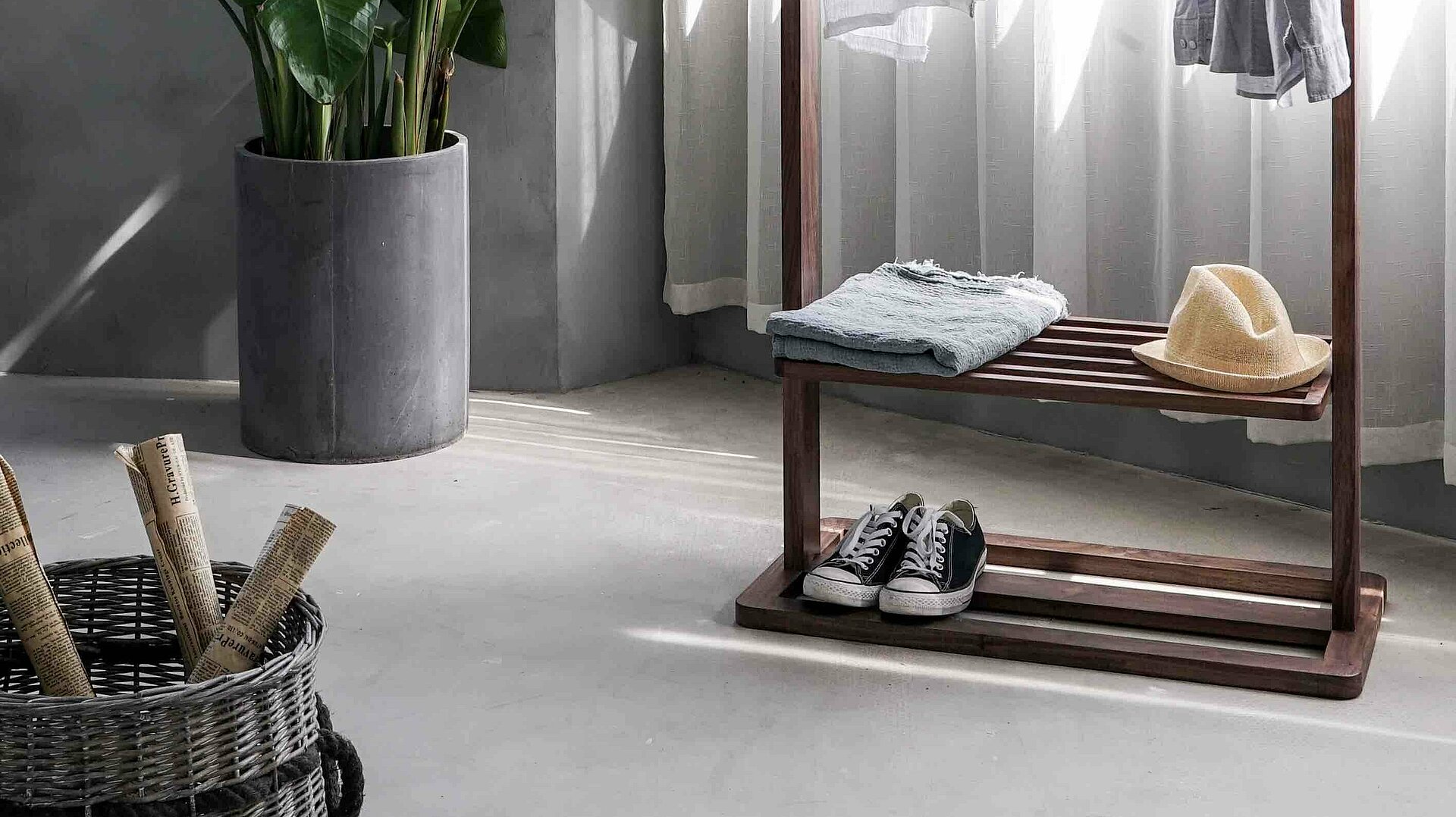
Technical Information HYDRO rust effect without metal powder
Products required
- For use in damp rooms, please use a HYDRO-PU Isolating filler, such as Hesse HYDRO-PU Pigment filler HDP 5640-9343.
- We recommend an additional finish coat of HDE 54000 if an especially hard-wearing surface is desired. This should ideally include the addition of 10 % Effect booster HZ 76 to maintain the desired look and feel.
- For use in damp rooms, please use a HYDRO-PU Isolating filler, such as Hesse HYDRO-PU Pigment filler HDP 5640-9343.
- We recommend an additional finish coat of HDE 54000 if an especially hard-wearing surface is desired. This should ideally include the addition of 10 % Effect booster HZ 76 to maintain the desired look and feel.
- We recommend an additional finish coat of HDE 54000 if an especially hard-wearing surface is desired. This should ideally include the addition of 10 % Effect booster HZ 76 to maintain the desired look and feel.
- Please follow the precise specifications for hardeners and other optional additive quantities as well as the drying times. Ensure careful stirring or mixing in of all necessary components.
- HYDRO lacquered surfaces should be freshly sanded on the next day before the finish is applied to avoid adhesion problems.
- Each prepared surface is a unique piece!
- Please apply a test coating under real conditions
- Warning: Please follow the precise specifications for addition of hardeners and thinners
Contact partner
